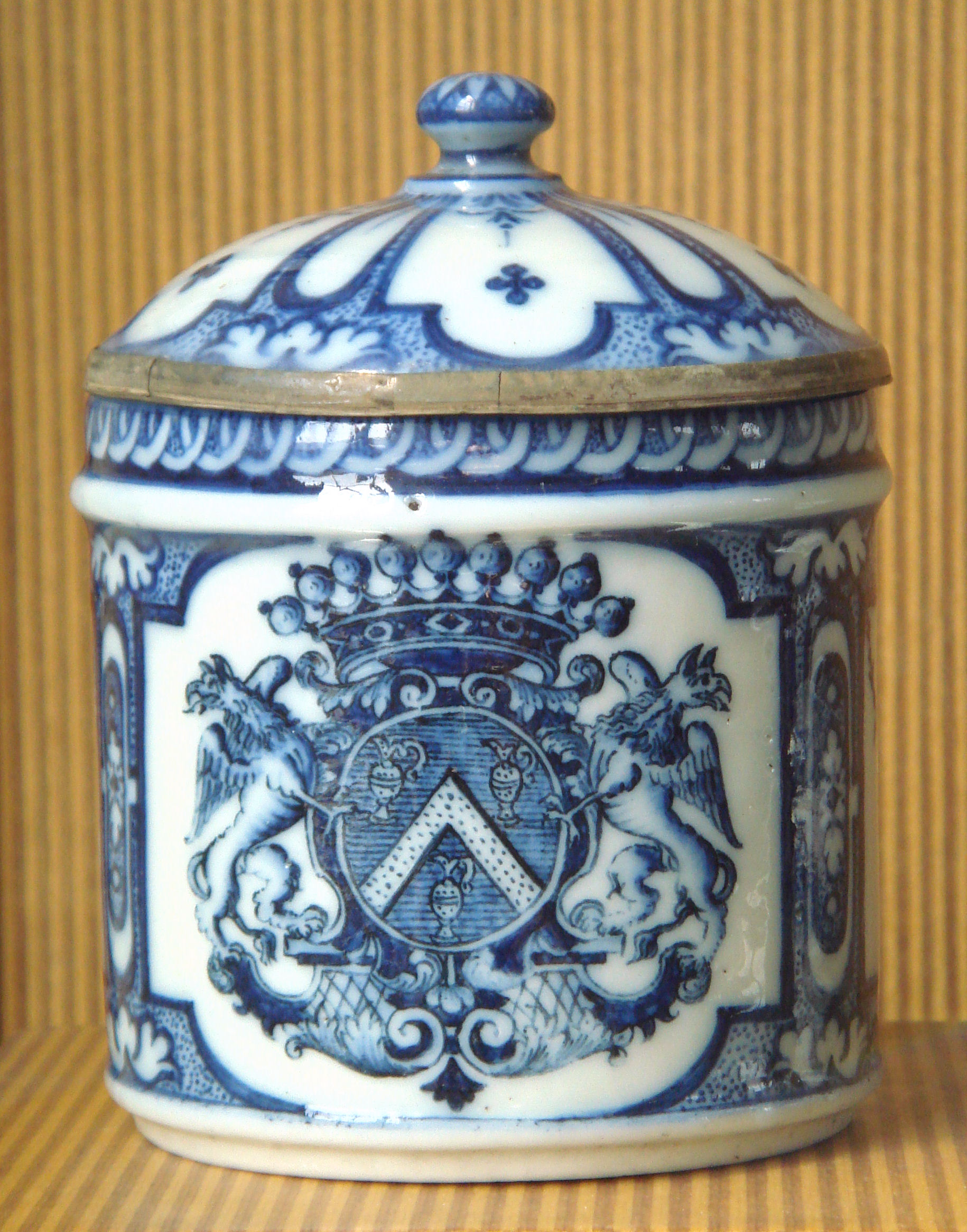|
François Alluaud
François Alluaud (21 September 1778, Limoges – 18 February 1866, Limoges) was a French manufacturer of Limoges porcelain, geologist and mineralogist. He was the grandfather of entomologist Charles A. Alluaud, Charles Alluaud (1861–1949). Following the death of his father in 1799, who was also named François Alluaud, he took over ownership of the family porcelain factory in Limoges. The company operated its own quarries; a feldspar mine at Chanteloube and a kaolin quarry at Marcognac. He was among the first to study the mineralogy and geology of the Limosin, Limousin region of France. His interest in geology began by way of investigations of kaolin deposits, the key raw material in the manufacture of porcelain. He was founder-president of the ''Société archéologique et historique du Limousin'' (1845), and in 1860, was appointed president of the ''Société d'agriculture, des sciences et des arts de la Haute-Vienne''. He also had an interest in politics, being involve ... [...More Info...] [...Related Items...] OR: [Wikipedia] [Google] [Baidu] |
Limoges
Limoges ( , , ; , locally ) is a city and Communes of France, commune, and the prefecture of the Haute-Vienne Departments of France, department in west-central France. It was the administrative capital of the former Limousin region. Situated on the first western foothills of the Massif Central, Limoges is crossed by the river Vienne (river), Vienne, of which it was originally the first ford crossing point. The second most populated town in the Nouvelle-Aquitaine, New Aquitaine region after Bordeaux, a University of Limoges, university town, an administrative centre and intermediate services with all the facilities of a regional metropolis, it has an urban area of 323,789 inhabitants in 2018. The inhabitants of the city are called the Limougeauds. Founded around 10 BC under the name of Augustoritum, it became an important Gallo-Roman culture, Gallo-Roman city. During the Middle Ages Limoges became a large city, strongly marked by the cultural influence of the Abbey of Saint Mar ... [...More Info...] [...Related Items...] OR: [Wikipedia] [Google] [Baidu] |
Hureaulite
Hureaulite is a manganese phosphate with the formula . It was discovered in 1825 and named in 1826 for the type locality, Les Hureaux, Saint-Sylvestre, Haute-Vienne, Limousin, France. It is sometimes written as huréaulite, but the IMA does not recommend this for English language text.Burke, E. A. J. (2008): Tidying up Mineral Names: An IMA scheme for Suffixes, Hyphens and Diacritical Marks. Mineralogical Record, 39, 134 A complete series exists from lithiophilite, to triphylite, , including hureaulite, strengite, , stewartite, , and sicklerite, .Murdoch, Joseph (1943) Crystallography of Hureaulite. American Mineralogist 28: 19-24 Environment Hureaulite is a secondary mineral occurring in granite pegmatites. At the type locality it occurs in a zone of altered triphylite, , in pegmatite. Typically occurs very late in the sequence of formation of secondary phosphate minerals.Moore, P B, and Araki, T (1973) Hureaulite: its atomic arrangement. American Mineralogist 58: 302-307 ... [...More Info...] [...Related Items...] OR: [Wikipedia] [Google] [Baidu] |
Porcelain Of France
French porcelain has a history spanning a period from the 17th century to the present. The French were heavily involved in the early European efforts to discover the secrets of making the hard-paste porcelain known from Chinese export porcelain, Chinese and Japanese export porcelain. They succeeded in developing soft-paste porcelain, but Meissen porcelain was the first to make true hard-paste, around 1710, and the French took over 50 years to catch up with Meissen and the other German factories. But by the 1760s, kaolin had been discovered near Limoges, and the relocated royal-owned Manufacture nationale de Sèvres, Sèvres factory took the lead in European porcelain design as rococo turned into what is broadly known as the Louis XVI style and then the Empire style. French styles were soon being imitated in porcelain in Germany, England, and as far afield as Russia. They were also imitated in the cheaper French faience, and this and other materials elsewhere. This dominance las ... [...More Info...] [...Related Items...] OR: [Wikipedia] [Google] [Baidu] |

